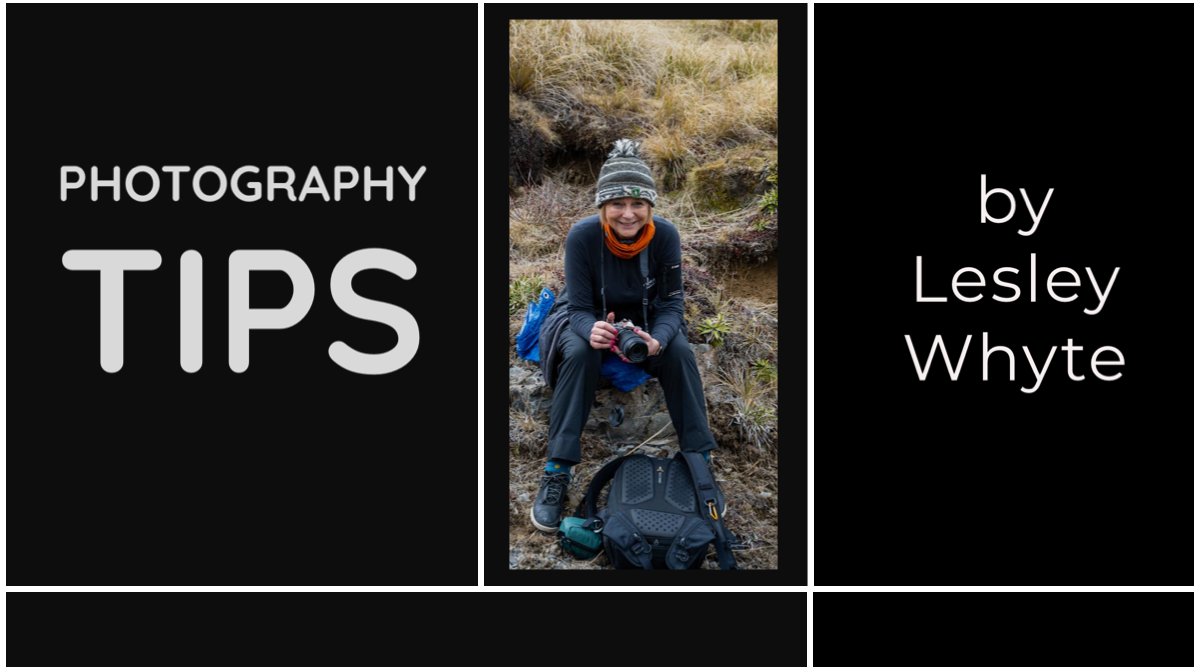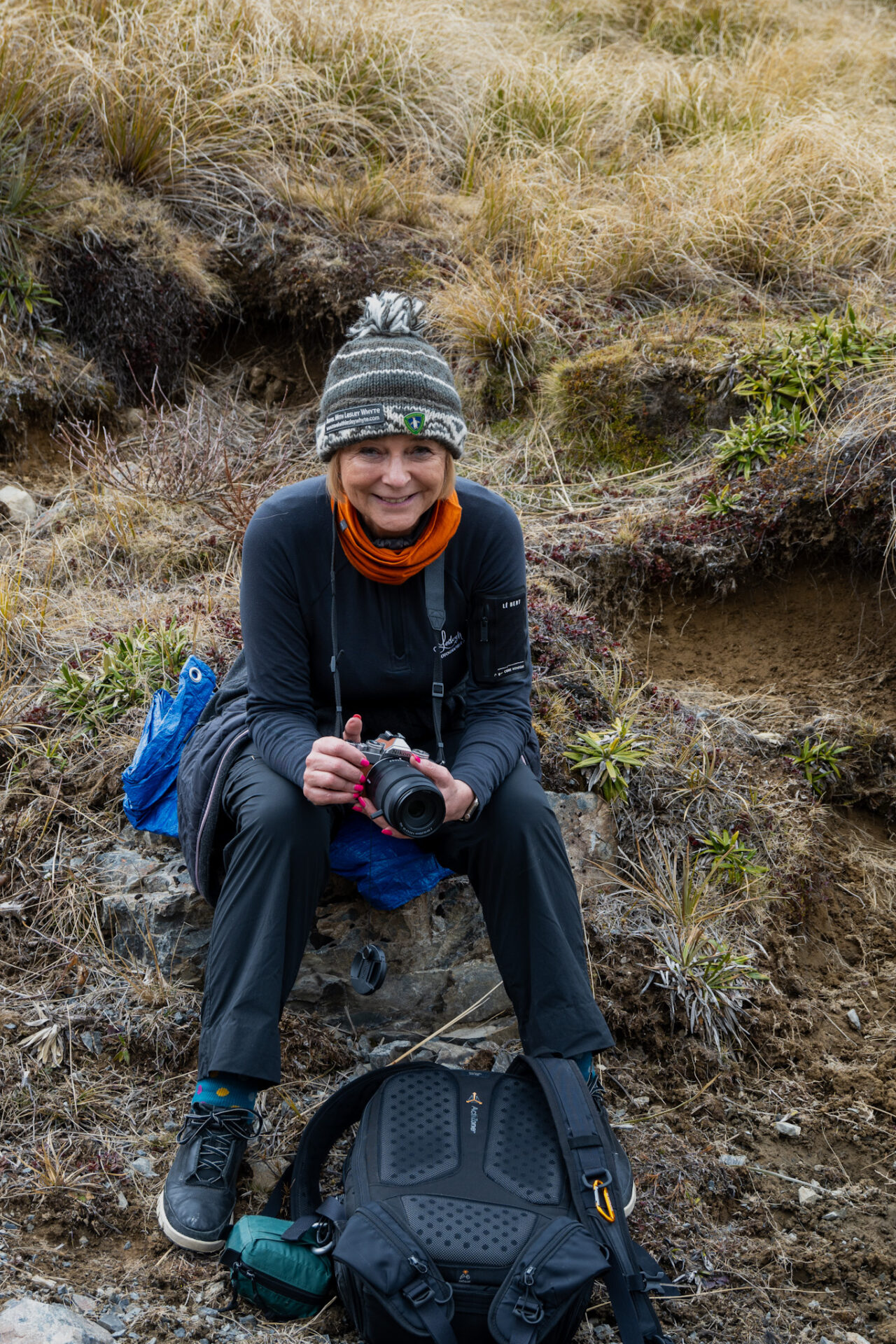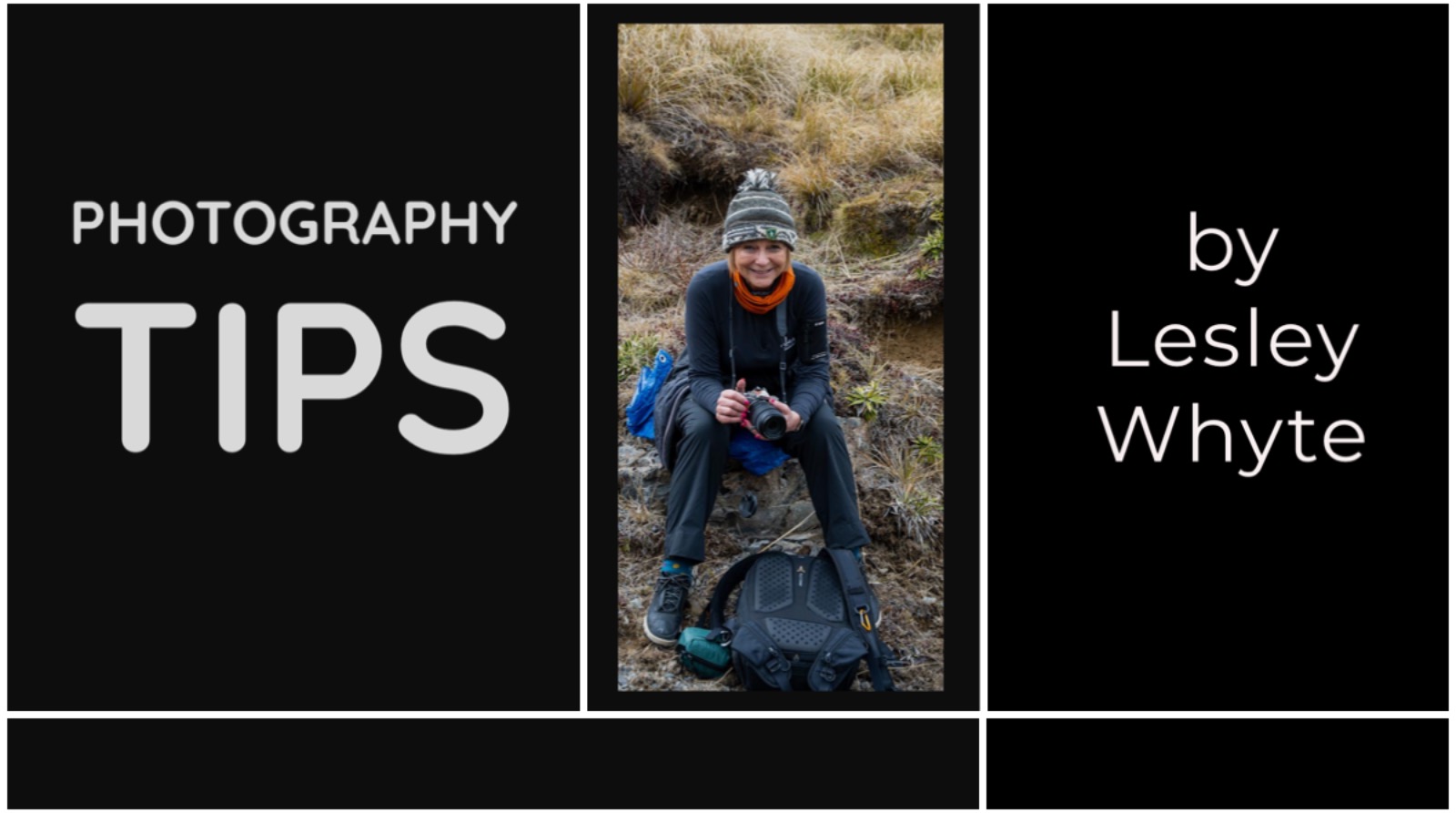The reciprocal rule in photography states that to capture sharp photos when hand-holding your camera, your shutter speed should be at least 1 over your lens focal length. In other words, to keep your shots sharp, you should use a shutter speed that is the reciprocal of your lens; otherwise, you’re at risk of blur due to camera shake.
As an example, using a 50mm lens, you’ll need a shutter speed of at least 1/50s. And if you use a 200mm lens, you’ll need a shutter speed of at least 1/200s.
The Reciprocal Rule in Photography Comes With Several Qualifications:
– It applies to full-frame cameras, but you can calculate the rule for crop sensor cameras
– It’s designed purely for handholding; if you’re using a tripod, you can work at far slower shutter speeds than the reciprocal rule suggests
Sensor Size and The Reciprocal Rule
The reciprocal rule only applies to full-frame sensors. Smaller sensors, such as APS-C and Four Thirds sensors, crop the focal length.
And it’s your effective focal length that you should use with the reciprocal rule.
Common Factors:
– Canon APS-C: 1.6x
– Nikon APS-C: 1.5x
– Fujifilm APS-C: 1.5x
– Sony APS-C: 1.5x
– Four Thirds/Micro Four Thirds: 2x
So the next time you’re working handheld, try the reciprocal rule to get sharp photos.









